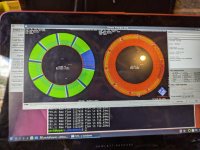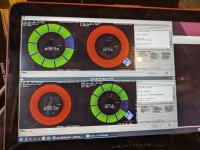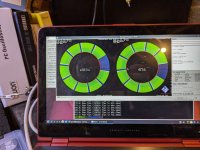Crashedfiesta
Experienced Member
- Joined
- Apr 16, 2022
- Messages
- 165
Yes, I think you're right. I had the HD image labelled HD10 but reading the manual I assume it should actually be HD00. I'll have another go tomorrow.
| VCF West | Aug 01 - 02 2025, | CHM, Mountain View, CA |
| VCF Midwest | Sep 13 - 14 2025, | Schaumburg, IL |
| VCF Montreal | Jan 24 - 25, 2026, | RMC Saint Jean, Montreal, Canada |
| VCF SoCal | Feb 14 - 15, 2026, | Hotel Fera, Orange CA |
| VCF Southwest | May 29 - 31, 2026, | Westin Dallas Fort Worth Airport |
| VCF Southeast | June, 2026 | Atlanta, GA |





Out of curiosity which disk image are you using, presumably one from https://bitsavers.org/bits/Torch/ ? And presumably the MFM_D5146 image?@Pernod you were right. With the disk images renamed to HD00.hda the blue SCSI works perfectly. The loading of the 'key disk' animation is almost instant now.
As I suspect @Witchy will have had a busy day today I'll post 1.2 on his behalf.I might also try Caretaker 1.2 if I can find it - does anyone have it? - in case the 1.3 version is corrupted or the EPROM faulty in some way. And I can always try a new EPROM with 1.3 on again.
Yes, the light blue comes first. This seems to be at odds with the manual. But it's definitely light blue then dark blue when the Caretaker version is displayed. You basically get to the point I do now!I think I now fully understand the palette, can you confirm the initial shade of blue is correct? I'd always assumed it was the darker blue that was shown whilst the video RAM was being used for data transfer between CPU's.
I was, so ta!As I suspect @Witchy will have had a busy day today I'll post 1.2 on his behalf.
I wouldn't expect the ROM to be the cause of any issues as it passes the checksum test.

